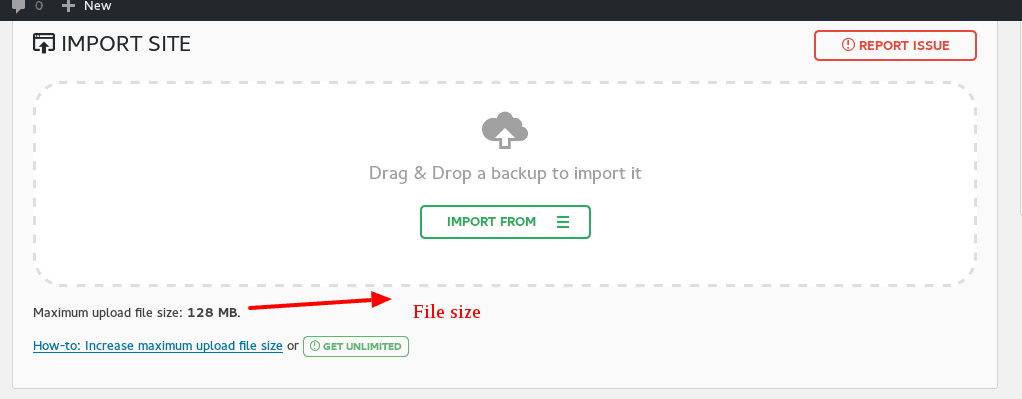Do you know how to increase File Upload Limits on GoDaddy hosting. If you are using GoDaddy hosting services and you want to increase File Upload Limits something to high means 512MB. By default GoDaddy hosting plan File Upload Limits is depends on the type of hosting account you have.
Below are the GoDaddy hosting plan detail:
| Type | Default upload limit | Max |
|---|---|---|
| cPanel | 32MB | 128MB |
| Plesk | 10MB | 2GB |
| Web | 32MB | 128MB |
| Classic | 32MB | 64MB |
| Managed WordPress | 100MB | 192MB |
Increase File upload limits on shared hosting
To increase File Upload Limits follow these steps. If you want to increase File Upload Limits on shared hosting server follow these steps.
1. Login to your hosting such as godaddy cpanel -> open file manager, then go to root of the directory.
2. Create a new file and its named php.ini, if you already have php.ini edit the file. Add this line to that file
file_uploads = On post_max_size = 512M upload_max_filesize = 512M
The above codes change your File upload limits, now allowing you to upload files up to 512MB in size.
I hope this article helped to increase File Upload Limits on Godaddy Hosting (Shared Hosting). I would like to make all our articles complete resource for users. You can also read our article on fix HTTP error on image upload in WordPress and increase the WordPress maximum upload file size in Cpanel.
If you liked our articles, please subscribe to our YouTube Channel for WordPress Video Tutorials. You can also find us on social media platform like Twitter and Facebook.






Thank you for this tutorial. What if you have multiple websites in one hosting. Do we just place this one php.ini in the main hosting or do we add it to each website?
Basically php.ini file to define how your web site functions and its location /home/username/public_html directory but you can use a separate custom file in your /home/username/public_html/domain directory for your another web site.
Thanx Buddy